
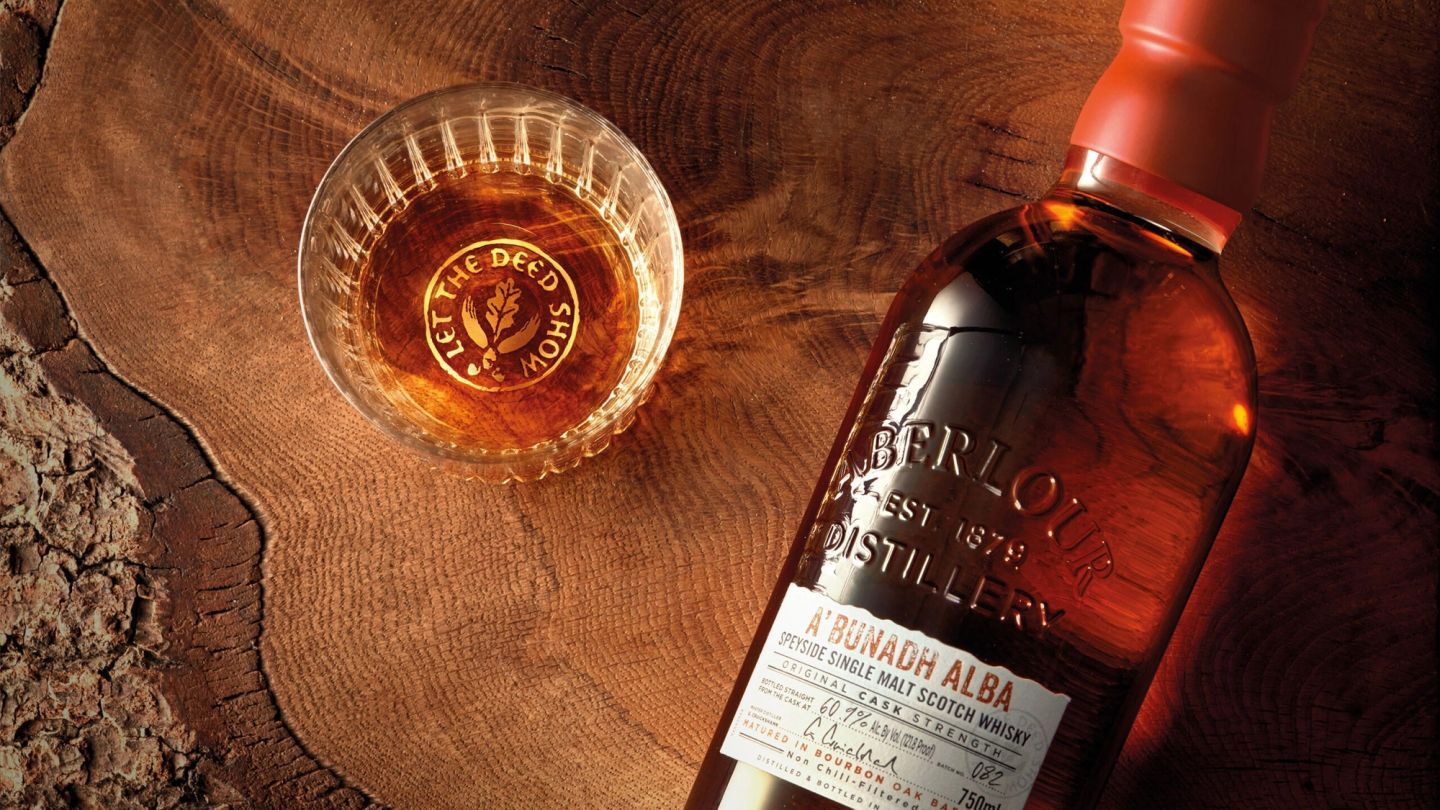
Follow these 10 steps to create the ultimate whisky tasting
Want to embrace the complexity of your favourite whisky? Aberlour’s David Robinson gives us 10 steps to the perfect tasting session…
There’s something magical and meditative about a good whisky tasting. The weight of the bottle. The pop of the cork. The first quiet splash of the spirit as it hits your glass. It’s a ritual; an almost-religious act that turns these single malts sacred — and allows us to discover the depths of new drams at our own pensive pace.
Of course, not every whisky will be quite as well-treated. Many of you probably slosh a malty measure into a glass and sip without a second thought. But this flies in the face of fine spirits everywhere. Because, to truly embrace the complexity and story of a great whisky, you must take your time. Or so says David Robinson.
Robinson is the UK Scotch Brand Ambassador for Pernod Ricard, and a man who knows the value of pacing your tastings. An ardent admirer of Aberlour, he tells us that “whisky is liquid history, with each distillery celebrating its own unique stories and processes. Knowing a whisky’s history can certainly help you appreciate it more, and understand what’s actually in the bottle”.
With that — and in an effort to appreciate our favourite single malts more — we asked Robinson to outline the ten key steps we should be following to turn every sipping session into a rigorous, rewarding tasting. So grab a bottle of your favourite scotch (we’d recommend Aberlour’s new and sufficiently flavourful A’bunadh Alba) and carve out an hour or so from your day: It’s time to taste.
David Robinson
Step #1: Don’t be tempted to decant
A whisky decanter may be a handsome bit of bar kit, but Robinson’s first tip would be to forgo the whole cut-glass or crystal affair. “I’m a fan of whisky straight from the bottle,” he says, “as I feel it’s a truer experience. And, although wine decanters allow more oxygen contact with the liquid to heighten aroma and establish flavour, whisky doesn’t tend to receive the same treatment. For me, I’ll never tire of the sound of the cork on a bottle of Aberlour opening!”
Step #2: Always look at your whisky
You might want to dive straight into your dram, but it pays to pause before you start sipping. Robinson tells us that looking at whisky can give us clues about what to expect in the glass. “During a guided tasting,” he says, “I like to put a piece of white card down for the guest so they can inspect it against a neutral background. If I’m just enjoying my own whisky in a bar or at home, I simply hold up to the light for a quick inspection, which will give me subtle clues”.
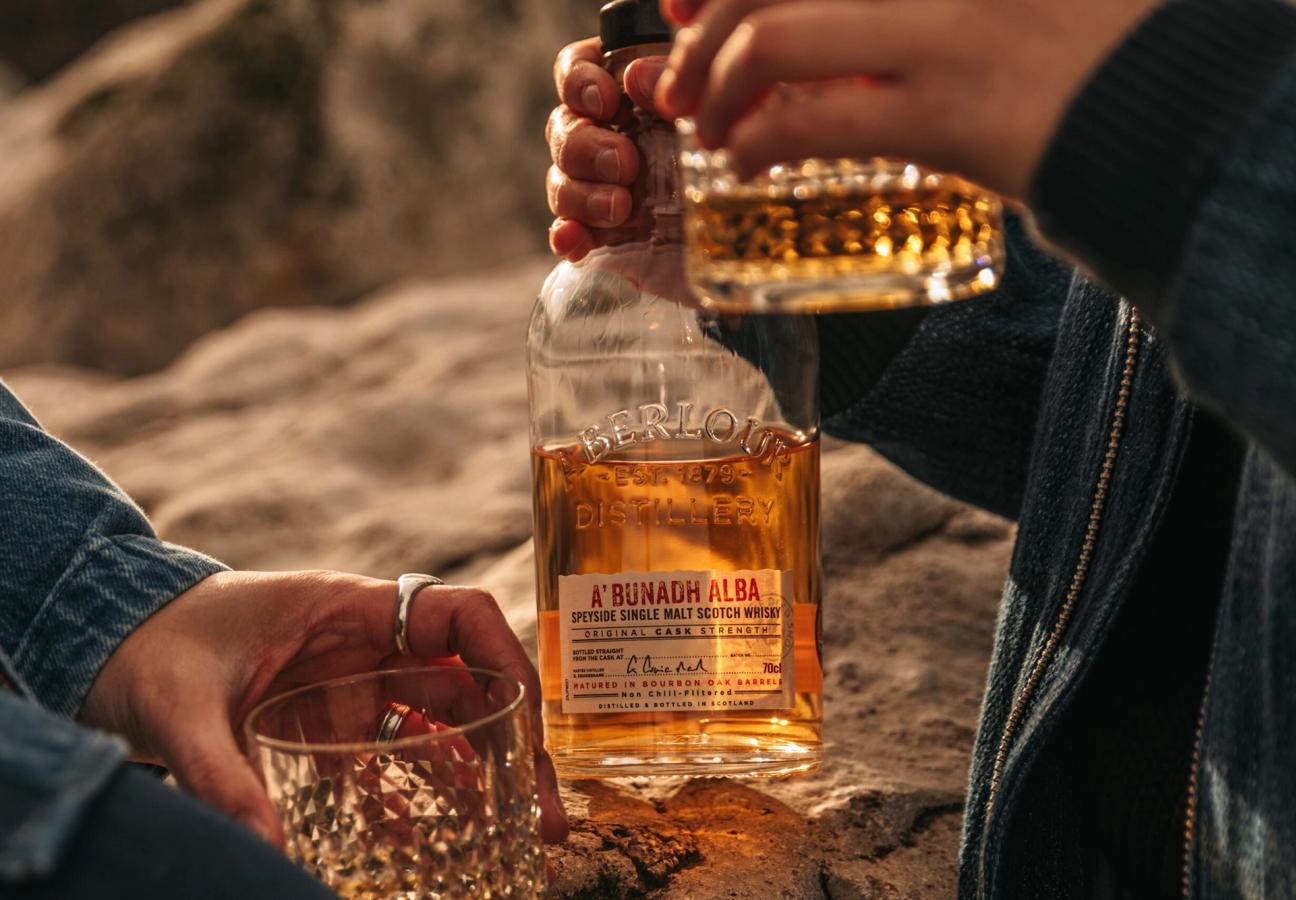
Step #3: Look closer — particularly at the colours
So what exactly should we be looking for? After that first inspection, Robinson advises a second glance at the glass — particularly at the colour. “The colour intensity of a whisky can give an idea of age,” says the Aberlour ambassador, “with older whiskies stereotypically having a deeper hue and in turn, more complexity. An amber colour suggests the presence of sherry-influenced whiskies, and characteristics including dried fruits, nuts and dark chocolate. Gold-coloured whiskies suggest American oak-influenced whiskies, which means flavours such as vanilla, orchard fruits and sweet baking spices”.
Step #4: Never skip the nosing
Next comes the nosing; an often-skipped, ultra-important step. “Our sense of smell is our most emotive and evocative sense,” says Robinson. “And a nosing note doesn’t have to be a physical object such as an apple or a star anise — it could be, for example, a memory of your childhood. “Of course, if you do smell something like vanilla, this will tell you that the whisky may have American oak influences — and be sweet and fruity. But I encourage guests to think beyond this. What does the smell remind you of? Where does it take you? This is the true assessment of a whisky on the nose”.
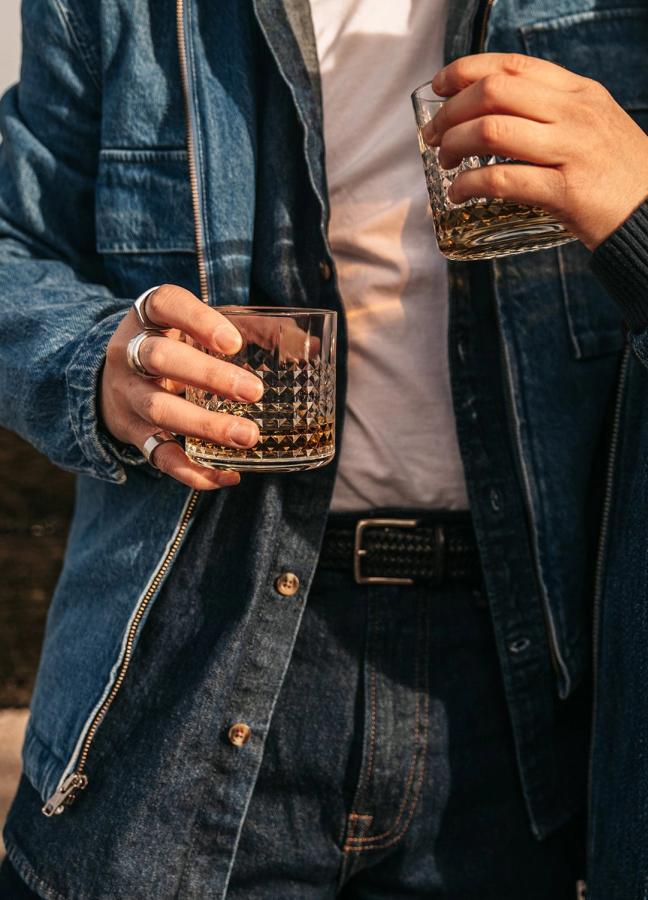
Step #5: Go in for another sniff
Just as you looked closer, now smell deeper. While Robinson encourages a first quick sniff to get your nose used to the liquid, a second, longer assessment will help further notes develop. And, while many enthusiasts will tell you to keep your mouth open during nosing, the Aberlour ambassador doesn’t consider this a hard-and-fast rule. “Some people in the whisky world absolutely swear by this,” he says, “with the idea being that opening your mouth allows for more oxygen to fill the nasal passage and encourage key aromas to reveal themselves. For me, it’s not overly necessary, but if it’s more comfortable for you, then I’m all for it!”
Step #6: Take a first, tentative taste
Now you can taste. Raise the glass to your lips and take that first sumptuous sip — giving the third of your five senses the opportunity to enjoy the whisky. “I tend to hold the whisky in my mouth for a couple of seconds,” advises Robinson, “before inhaling through my nose briefly and drinking as I do so. From this, I can detect Aberlour’s American oak-influenced whiskies and Oloroso sherry-influenced whiskies separately, working out how each influences that particular expression”.
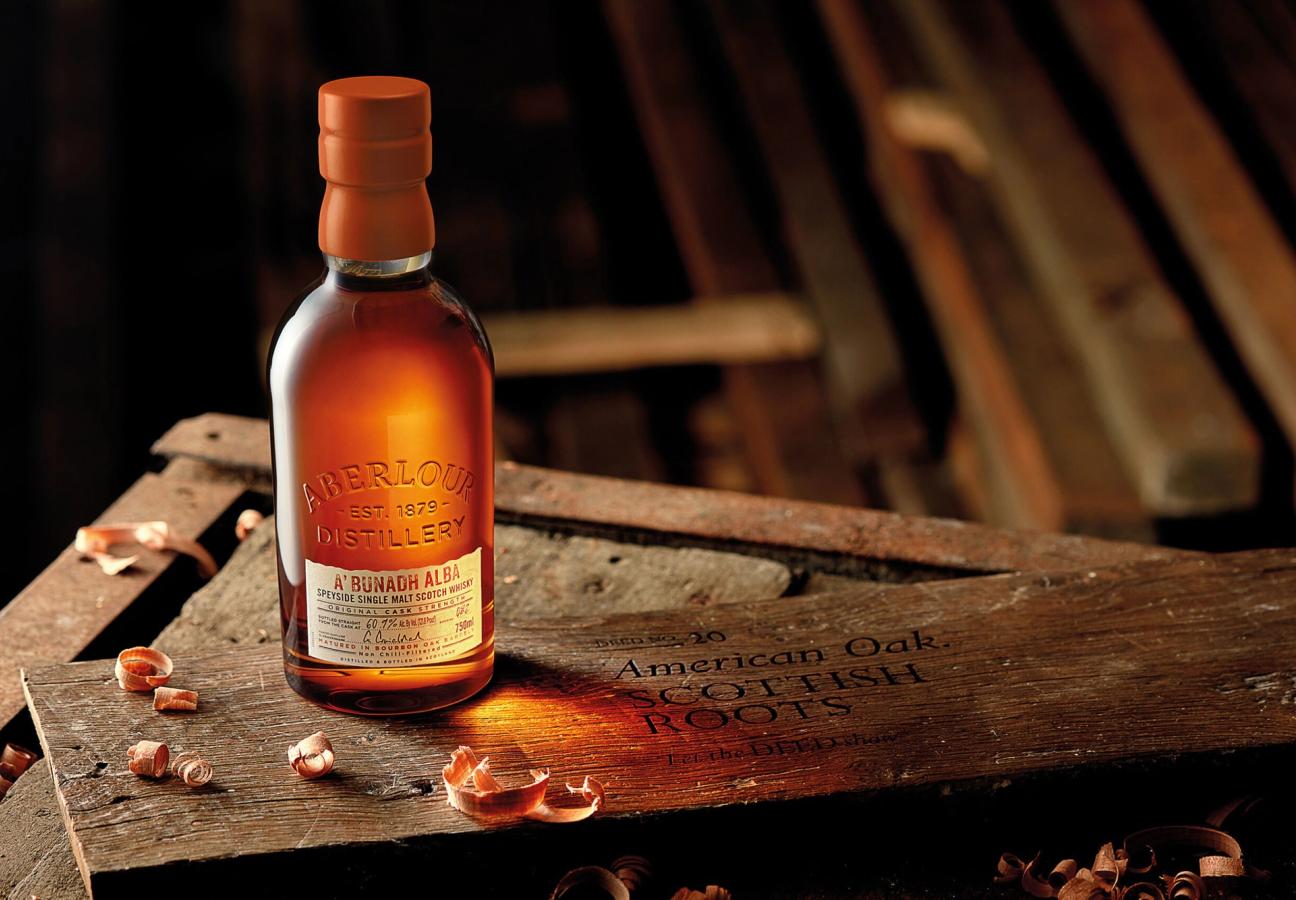
Step #7: Acknowledge where your whisky comes from
At this stage, Robinson says, it pays to dig a little deeper into those influences — and acknowledge the provenance of and processes behind the whisky you’re drinking. Do this by seeking out new notes and aromas on the palate. “How do they dance together, and which is more present?” asks the ambassador. “Keep these in mind and use these as a guide, but don’t be completely influenced by them. Aberlour whiskies, for example, showcase a rich tapestry of flavour notes — but it is your own unique assessment that will truly bring them to life”.
Step #8: Add a little water
It’s a suggestion as commonly challenged as it is cited; adding a drop or two of water to your whisky. And, while it may not be as contentious as the ‘ice-or-no-ice’ debate, can Robinson clear it up for us? Should we add water to slightly dilute our dram? “I certainly would!” he says. “Adding water is a fantastic way to assess what lies within a whisky as it creates an exothermic reaction that promotes strong bonds — meaning that more volatile ethanol esters sit back, and allow the true nature to the spirit to shine through”.
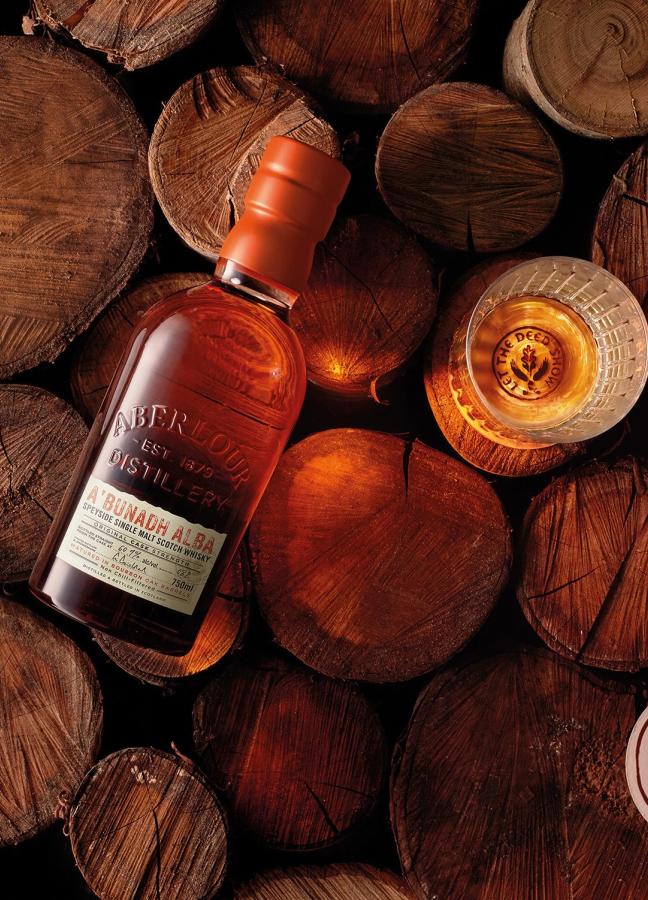
Step #9: Let the taste linger
Once you’ve taken a sip with water, and explored the blooming, blossoming flavours those drops unlocked, let the taste linger in your mouth, and consider the finish and aftereffects of the spirit. “Whisky is a slow process and takes time to produce, so be sure to give it the time owed back by slowing things down,” recommends Robinson. “The finish gives us more information about the whisky, and the length can give us further clues about maturation processes — including time and oak selection”.
Step #10: Educate yourself further — but only if you want to…
Finally, there’s further education. You can research cask types, ageing processes, brand history — but, as Robinson is keen to point out, only if you want to; only if you feel it will elevate your own appreciation of your whisky. “And that comes down to the individual,” he says. “Some guests love to know more about all aspects of whisky production — but some guests just love to be in the moment. They’ve tasted the whisky and transported themselves — so no level of extra knowledge can really ever improve on that precise moment”.
Want more from Aberlour? Here’s how to master a craft…
Become a Gentleman’s Journal member. Find out more here.



